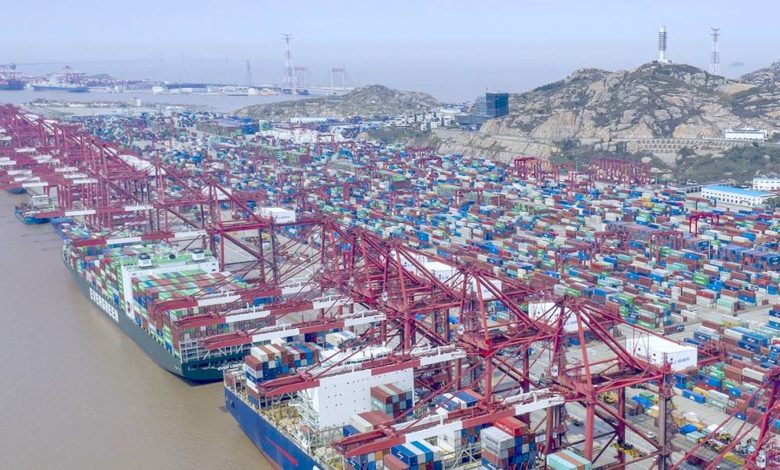SCFI continues its long decline

The Shanghai Containerized Freight Index (SCFI) continued its long decline today, registering an 85 point drop to close the week on 4,540 points, still roughly quadruple its historical average but it has been falling week in, week out now since November.
Other box indices operated by the likes of Drewry and Xeneta have also been coming off in March, although historically container fortunes tend to slide in the weeks following Chinese New Year.
There is growing concern among analysts that the retail boom across much of the western world is coming to an end, with soaring inflation and the war in Ukraine forcing consumers to put their wallets back in their pocket.
Liners are happy to let freight rates drift if it helps get some of the regulatory heat off their backs
“Recent retail sales figures indicate that North America consumer demand for Far East imports may have plateaued,” commented Niels Rasmussen, chief shipping analyst at BIMCO in a container update yesterday.
Adjusted for consumer price inflation (CPI) and seasonality, US retail and food services sales declined 0.5% month-on-month in February while the last three months’ sales are down 0.4% compared to the previous three-month period.
Peter Sand, chief analyst at Xeneta, told Splash yesterday: “Xeneta data clearly shows falling spot freight rates on all main trades in March. And while markets have been volatile since reaching the ceiling in September, October, the pace of the decline on China to North Europe, for instance, seems steep. Falling rates are much welcomed by the global shippers, but if the origin of it is fading consumer demand, it might be bittersweet. The next weeks will give more certainty into the reasons.”
Simon Heaney, senior manager of container research for Drewry, cautioned that it was premature to say that the declining box indices this month mark the end of the container bubble.
“This is purely speculation on my part,” Heaney said in conversation with Splash, “but my take is that carriers still have the power to charge whatever they want due to the bottlenecks, but for now are happy to let freight rates drift if it helps get some of the regulatory heat off their backs. It’s good PR to be seen to be taking on more of the cost burden.”
Regulators around the world have been looking into liner pricing issues a great deal of late, amid record earnings for the container shipping sector at a time when schedule reliability has hit all-time lows.
